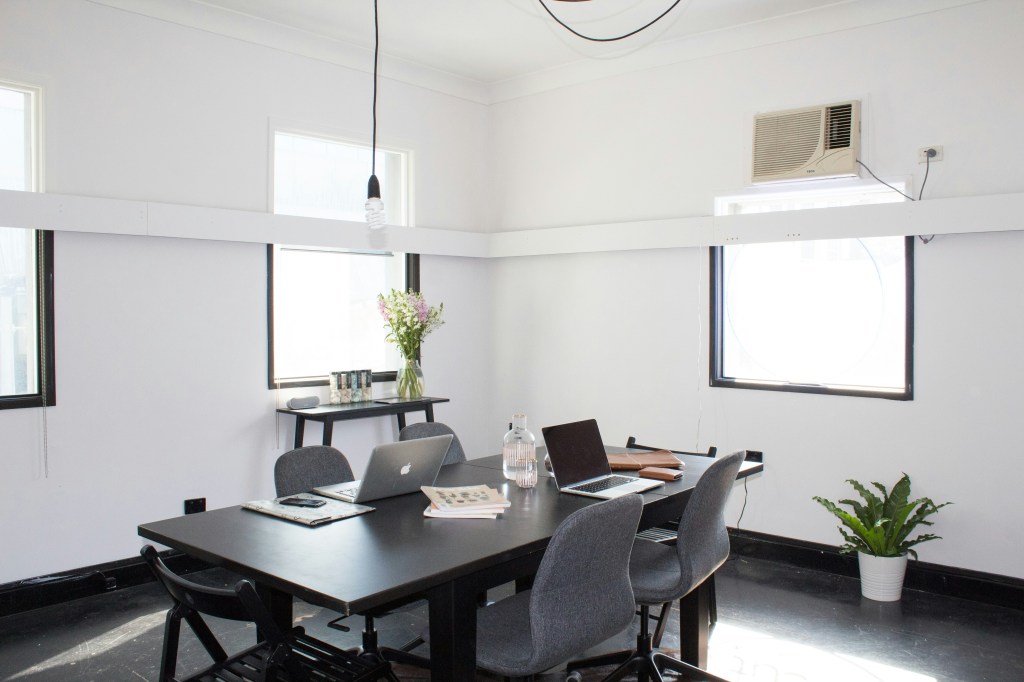The Economics of Coworking: How Spaces Are Becoming Profitable
Coworking spaces have transformed from niche workplaces to mainstream business hubs over the past decade. With the rise of freelancing, remote work and small startups, the demand for flexible office environments has soared. However, for many operators, turning coworking spaces into profitable ventures can be a challenge. A combination of strategic pricing, diversified offerings and operational efficiency has proven essential to sustaining and growing coworking businesses. Here’s how coworking spaces are evolving to become profitable.
Understanding the Revenue Model
At the core of coworking space economics is a membership-based revenue model. Members typically pay monthly fees based on the type of workspace they need—whether it’s hot desks, dedicated desks or private offices. Offering flexible membership tiers allows coworking spaces to cater to various needs, from individuals seeking short-term flexibility to companies needing long-term commitments.
Many coworking spaces also offer day passes for those who need a space for just a day or two. This flexibility helps drive traffic from remote workers and business travelers who may not be willing to commit to full-time memberships. In addition to membership fees, most coworking spaces generate revenue through additional services like meeting room rentals, event hosting and other amenities such as printing or mail handling.

Maximizing Space Utilization
To achieve profitability, coworking spaces must maximize the utilization of their physical space. Coworking operators have become adept at using every square foot efficiently by offering varied workspaces, such as open areas, private offices and meeting rooms. The goal is to ensure that all parts of the coworking space can generate income or contribute to the overall value proposition.
Hot-desking is a common tactic used to achieve this. It allows operators to sell more memberships than they have physical desks, counting on the fact that not all members will be using the space at the same time. This overbooking model—similar to the airline industry—helps ensure that the workspace is always generating revenue, even if not every desk is filled every day.

Diversifying Income Streams
Beyond the basic membership fees, successful coworking spaces have diversified their income streams. Many operators host paid events, workshops and networking sessions to engage both members and the broader community. These events not only generate additional revenue but also help build a sense of community, which can drive long-term membership retention.
Another emerging trend is partnering with corporations to offer coworking memberships as part of their remote work policies. This creates a consistent stream of revenue from enterprise clients, who are often willing to pay premium prices for access to flexible workspaces for their employees.
Leveraging Technology for Efficiency
Operational efficiency is critical to the profitability of coworking spaces, and technology plays a big role here. Coworking management software and apps help automate tasks like member sign-ups, billing and booking meeting rooms. This reduces administrative overhead and allows operators to focus more on delivering value to their members.
Many coworking spaces have also adopted mobile apps that give members control over booking, payments and even networking with other members. By improving member experience, these apps contribute to retention, helping ensure a steady revenue stream.
Building a Community for Retention
While profitability hinges on maximizing revenue and minimizing costs, building a strong community is just as important. Many coworking spaces distinguish themselves by fostering environments where collaboration, networking and personal connections thrive. Spaces that succeed in creating vibrant communities often enjoy higher retention rates, as members see the value beyond just a physical workspace.

Conclusion
Coworking spaces are becoming increasingly profitable by combining flexible pricing, maximizing space usage, diversifying income streams and using technology to enhance operational efficiency. As the demand for flexible work environments continues to grow, coworking spaces that focus on community and adapt to changing market conditions will be well-positioned to thrive in this evolving industry. The key to profitability lies in balancing the economic realities with the core value proposition that coworking offers—flexibility, collaboration and innovation. Click below to find out how Yardi Kube coworking software can help.
